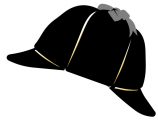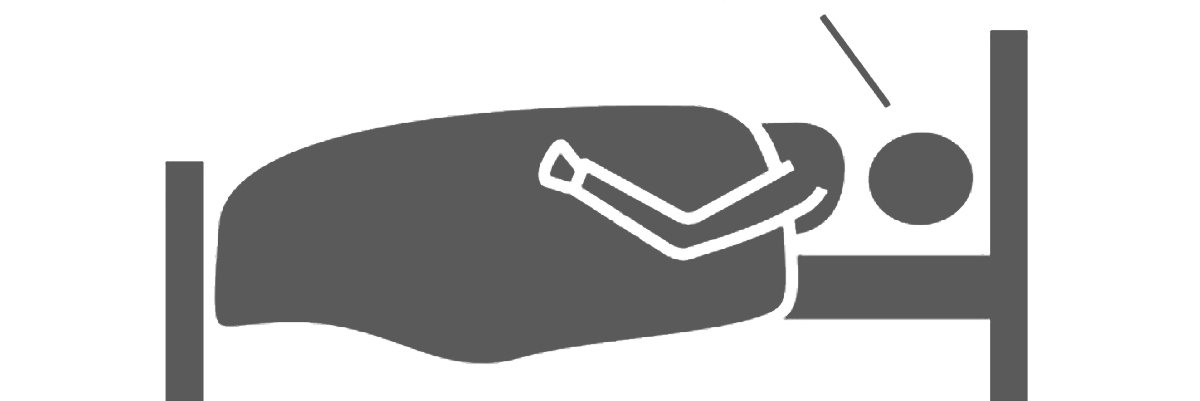Why does OSA cause nocturia?
On this episode of the podcast, we discussed why and how obstructive sleep apnea (OSA) can cause nocturnal urination. And it’s a common association with one study of 138 patients with OSA reported that 48% experienced nocturia.
To begin, OSA is a sleep disorder characterized by episodes of partial or complete collapse of the upper airway during sleep, typically due to decreased muscle tone or anatomic factors. When the airway is obstructed, patients experience apneias (i.e., airway blockage for about 10 seconds) and hypopneas (partial airway blockage). These cause hypoxemia, disrupt sleep, and have a variety of cardiovascular and quality of life effects. We typically measure the severity of OSA with the apnea/hypopnea index which quantifies the number of episodes per hour overnight.
There are 3 categories of nocturnal urination. In global polyuria, the urine output is elevated over the entire 24-hour period. Causes include diabetes insipidus. Next, there are bladder storage issues, like low bladder capacity from detrusor hyperactivity. Finally there is the more specific nocturnal polyuria (i.e., high urine output specifically at night). An example of this are the volume overload states associated with peripheral edema. When people lie supine at night there is a return of third-spaced fluid into the vasculature and increased nocturnal urine output without a change in total daily urine output. A more exact mechanism requires explanation.
In a previous episode we discussed decreases in antidiuretic hormone (ADH) resulting from alcohol ingestion. This was one mechanistic cause of polyuria. There is another group of peptides that works in opposition to ADH and the renin/angiotensin system: the aptly named natriuretic peptides. Atrial natriuretic peptide (ANP) and brain natriuretic peptide (BNP) are peptides released by the atria and ventricles, respectively, in response to wall stretch. NT-proBNP is the more stable form of the physiologically active BNP that we frequently measure in clinical settings to assess for myocardial stretch due to volume overload in heart failure. BNP acts as a diuretic when the atrial or ventricular walls are stretched, promoting urinary salt excretion and increased urine production.
During a nocturnal apneic or hypopneic event, one attempts to breathe against an obstructed upper airway. Moving air into the lungs therefore requires a high negative intrathoracic pressure. Functionally, this creates a vacuum around the structures in the mediastinum leading the IVC to expand increasing preload. Afterload is also increased with stress added to left ventricular wall.
These changes cause cardiomyocytes to release BNP. This is exactly what’s seen as patients with more apnea/hypopnea events per night have higher early-morning BNP levels. And, of course, more nocturnal BNP results in more noctrural natriuresis and diuresis.

Ljunggren M, Lindahl B, Theorell-Haglöw J, Lindberg E. Association between Obstructive Sleep Apnea and Elevated Levels of Type B Natriuretic Peptide in a Community-Based Sample of Women. Sleep. 2012;35(11):1521-1527. doi:10.5665/sleep.2202
One study examined 49 patients with OSA and 34 without OSA. All participants had the same diet and fluid intake. The average 6 am BNP was 48.6 pg/mL in those with OSA (average AHI 36) and 30.7 pg/mL in those without (average AHI 3.6). Supporting the hypothesis that natriuresis follows, the urine sodium and urine osmolarity were significantly higher in the OSA group.
In a larger study of patients reporting their levels of nocturia in their home environment, 32% of patients with severe OSA reported urinating more than three times a night, as opposed to 15% of those with mild OSA. And the volume of urine is also higher. Patients with untreated OSA had an average nocturnal urine volume of 723 mL, whereas patients with treated OSA had a total volume of 453 mL. These patients also had a slightly higher 24-hour urine volume (2.1 liters versus 1.7 liters). This is borne out in other studies as well.
In patients with moderate-to-severe OSA, continuous positive airway pressure (CPAP) reduced the average number of awakenings to urinate from 2 to 1 and decreased the amount urinated overnight by over 250 mL. It also improved their quality of life index for incontinence from an average score of 3.4 to 1.9.
Looking at surgical treatment, 103 patients who had uvulopalatopharyngoplasty for OSA found that the group with the worst AHI (>30/h) preoperatively had an average decrease of -1.5 nocturia events per night postoperatively.
Take Home Points
- Addressing the symptoms that matter to patients is the most compelling way to connect on therapies!
- Apnea and hypopnea episodes are associated with an increase in BNP, which causes natriuresis. This increases the amount of urine overnight.
CME/MOC
Click here to obtain AMA PRA Category 1 Credits™ (0.5 hours), Non-Physician Attendance (0.5 hours), or ABIM MOC Part 2 (0.5 hours).
Listen to the episode
https://curiousclinicians.libsyn.com/49-curious-incidents-in-the-nighttime
Credits & Citation
◾️Episode written by Hannah Abrams
◾️Show notes written by Hannah Abrams and Tony Breu
◾️Audio edited by Clair Morgan of nodderly.com
Abrams HR, Breu AC, Cooper AZ. Curious Incidents in the Nighttime. The Curious Clinicians Podcast. May 25, 2022.
Image credit: https://www.urologysingapore.com/nocturia/


Another possible explanation for the elevated BNP is pulmonary vasoconstriction from sleep apnea induced hypoxia leading to increased RV afterload and thus increased BNP
LikeLike
Join mail list
LikeLike